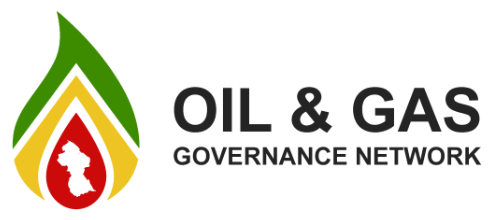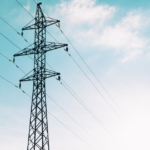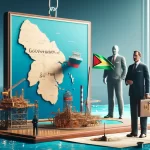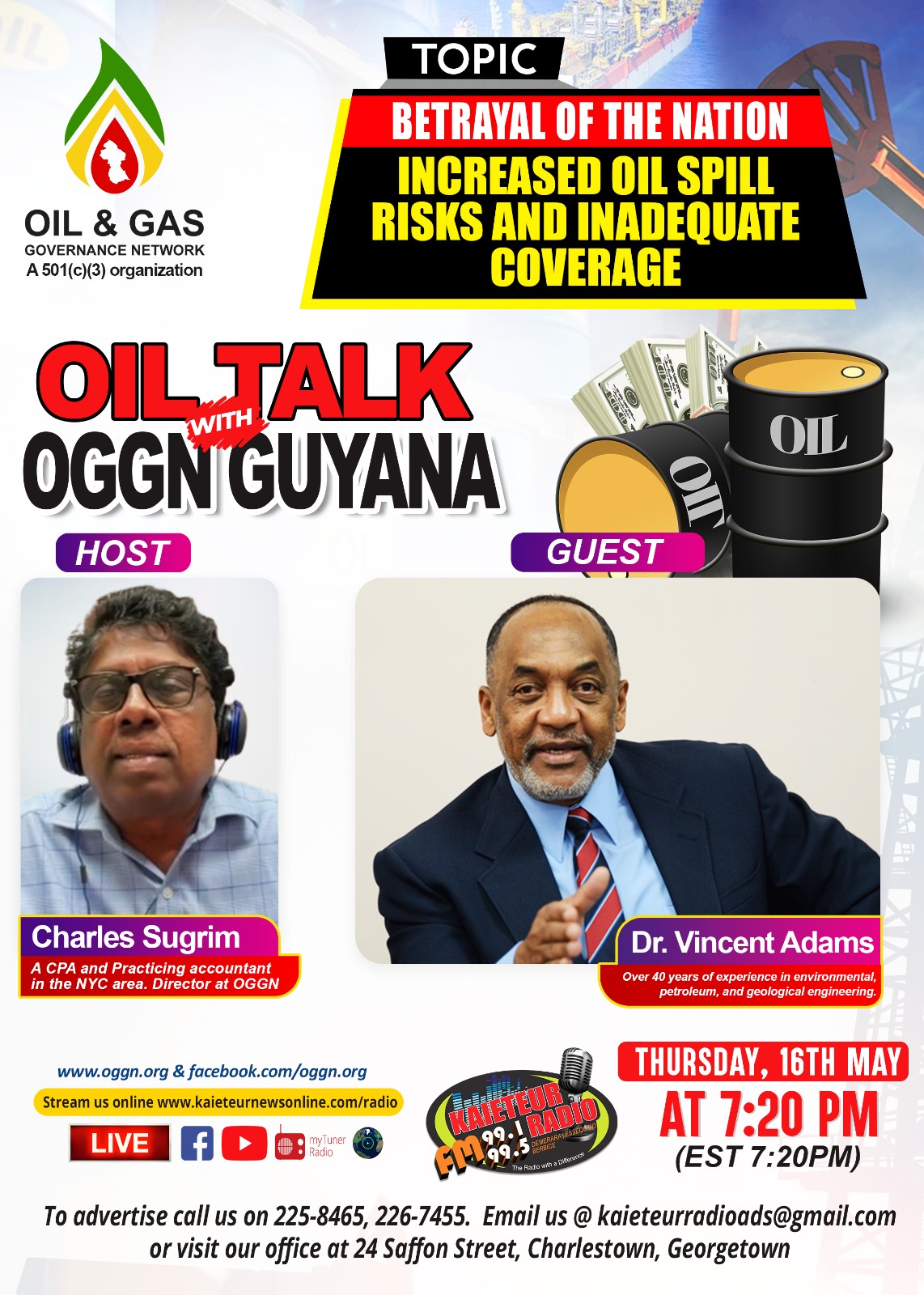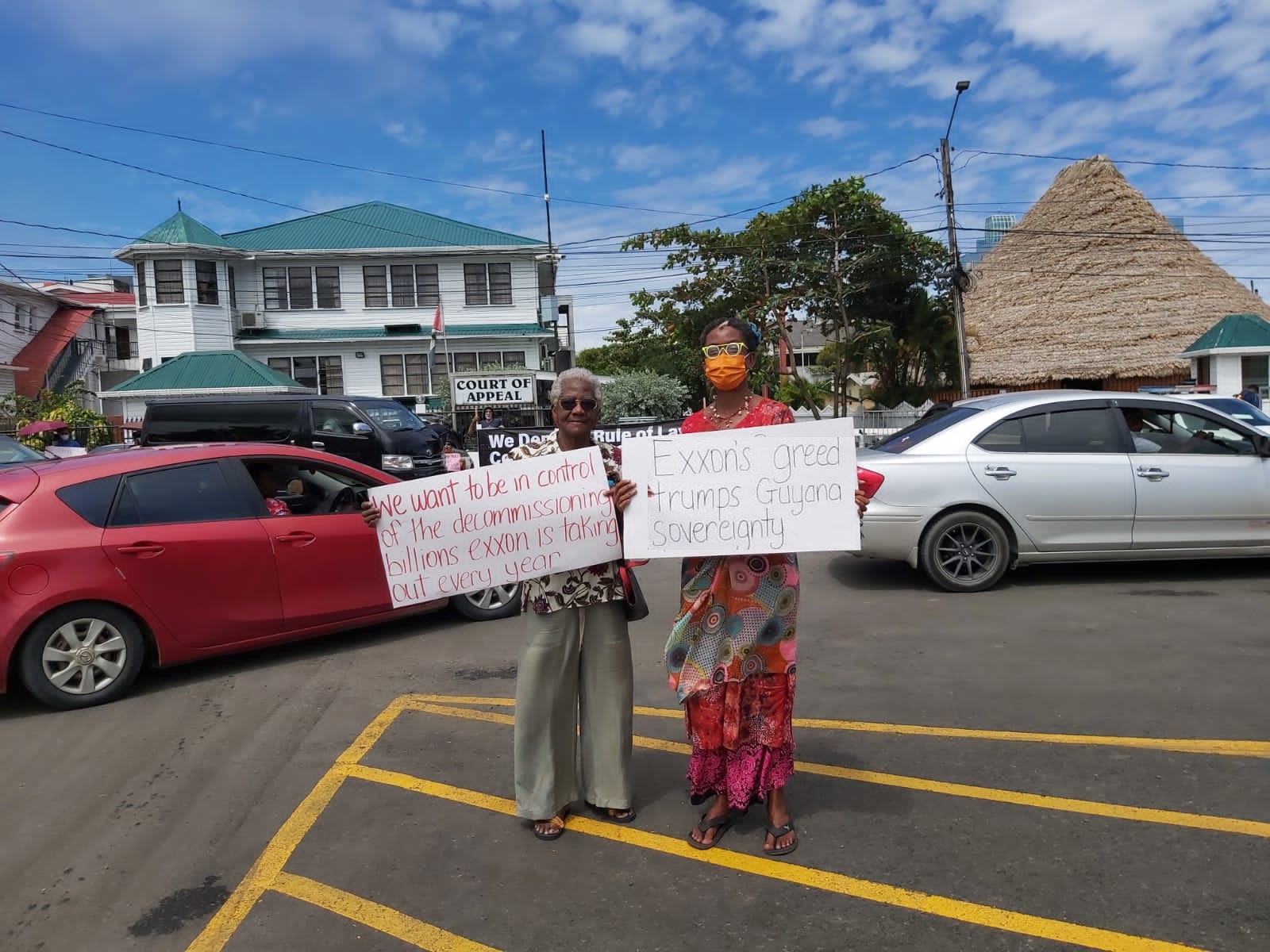Kaieteur News – Former Head of the Environmental Protection Agency (EPA), Dr. Vincent Adams believes that the consultant hired by ExxonMobil Guyana Limited (EMGL) to conduct an Environmental Impact Assessment (EIA) for its sixth project, must inform the nation of the likely devastation to these shores from an oil spill.
Dr. Adams, a Petroleum and Environmental Engineer, was responding to an article published by this newspaper under the headline ‘ExxonMobil study did not assess how an oil spill will affect Guyana’s coasts when he pointed out that such a revelation is unacceptable.
The former EPA boss reasoned that an EIA is the only document that features the detailed technical analysis of a project and shows exactly what damages can be caused and identifies all other hazards involved, so as to inform the development of mitigation action and spill response plan.
To this end, he told Kaieteur News, “The EIA looks at the worst case scenarios and what should be in that EIA is what is called a plume that shows for example if you have a spill of 60,000 barrels per day (bpd) or 50,000 bdp for 30 days, it should show which parts of the coast and which island could be affected with time and everyday where that plume would be.”
Consequently, the ex-head of the regulatory body explained, “So they can’t say that they don’t know where that plume would be because if they run the models they would see that…so you can’t say you don’t know where the oil is gonna impact.”
While the EIA for the Whiptail project- Exxon’s sixth development- identifies potential regions in Guyana and other countries that can be impacted by an oil spill, it did not assess how much of the country’s coasts could be potentially impacted by such a disaster.
This was confirmed by Environmental Resources Management (ERM) during one of its recent stakeholder consultations for the project. Research done by this publication found that the term ‘oil spill’ was mentioned 1,305 times in its 3636-paged impact study. It was observed that the consultant indeed did not assess how much of Guyana’s coastline could potentially be impacted by such a disaster.
The EIA explains that a spill could potentially reach Guyana’s coasts and can result in some degree of irreversible damage, though “little.”
Dr. Adams said that it is almost disrespectful that the Consultant would conclude “little” irreversible damage though it never bothered to study the exact portion of the country’s coast that can be affected.
He explained, “they are saying well the irreversible damage is gonna be negligible, but how can you say that if you didn’t do that study to know how much of the land could be impacted?
“They make these statements because they believe that people are just gonna believe their words…in 50 years or 100 years you could still be feeling the effects of the Macondo spill, even the Exxon Valdez. We are still trying to collect data on these types of things, Adams continued.
“These are things that changes the entire ecology so you can’t tell me if you change the ecology that’s not irreversible damage, so you cannot just define irreversible by meaning that you gonna clean up the oil. It’s very shallow thinking to think, well look, as long as you clean it up, it’s over. It’s absolute nonsense,” a visibly concerned Adams further added.
Dr. Adams said computer models should have been done to study where the plumes can affect considering the wind direction and other factors. He noted, “The one thing that I used distinctly all the time is the Trinidad entire eastern coast would be washed away after a short period of time. Then you look at the Venezuelan Coast that can also be impacted so they can’t say that they don’t know. It should be in those EIAs. You are supposed to feed in the data to the computer to have those models done.”
The former Head of the EPA said it was absolutely necessary to identify how much of the coasts can be impacted by a spill, since this would help craft the response plan.
Likewise, he noted that these scenarios must be studied to identify the communities that are at risk to prepare response training in areas that may have the highest concentration.
Hiding impacts
Dr. Adams said that while he was at the agency, Exxon wanted to utilize a small number of barrels for a worst case scenario which he objected to since it would not give an accurate picture of impacts from a spill, if it were to occur.
“They should tell us which spill rate they are using, and over what period of time as the worst case scenario to arrive at the conclusion that there will be negligible impacts. They should also identify any ecological changes that made them arrive at this conclusion that there will be low irreversible impacts. In other words, where are the analytical data to support this conclusion? They must tell us how they arrive at this because if a well blows out you can never know how much oil is going to leak out and how long that can take to get under control,” he said.
Based on oil spill modeling conducted for the Whiptail Development Project, portions of the coastline in Regions 1 and 2 could potentially be impacted in the unlikely event of a spill. Be that as it may, the models used, do not predict what the likely portions of the coast that can potentially be impacted are. It also did not list any of the resources on the coast that may be impacted as a result of a spill.
The EIA states that unplanned events, such as an oil spill are unlikely to occur because of the preventative measures employed by the project developer, EMGL, however it did not shy away from the fact that an event is possible.
It said that the types of resources that would potentially be impacted and the extent of the impacts on those resources would depend on the volume and duration of the release, as well as the time of year at which the release were to occur. It however, pointed out that impacts would tend to be most significant for a well-control event with loss of containment during the drilling and installation stage of the project.
The Whiptail development is expected to produce an average 263,000 barrels of oil per day (BoPD). It seeks to develop the resources discovered in the Whiptail, Pinktail and Tilapia fields. Current plans include drilling via drill ships to produce oil from approximately 40 – 65 production and injection wells, commencing as early as the fourth quarter of 2027.
Article Originally Published At: https://www.kaieteurnewsonline.com/2023/10/02/exxon-obligated-to-do-study-showing-impacts-of-oil-spill-to-coasts-former-epa-head/
